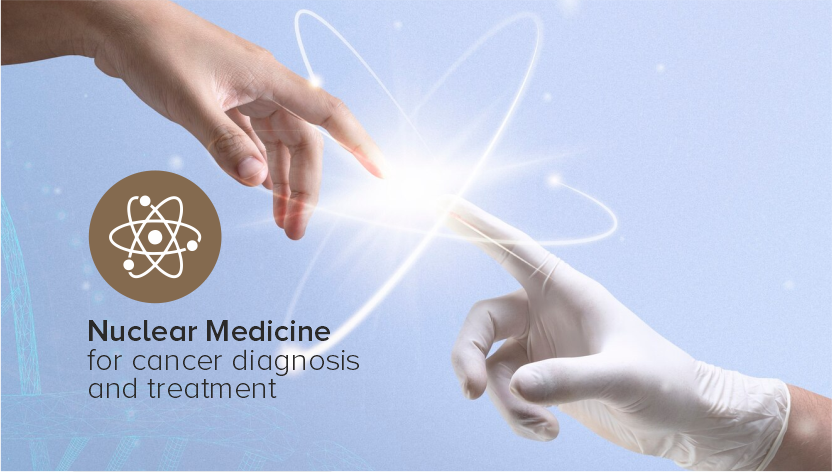Cancer remains one of the most daunting challenges in modern medicine, affecting millions of lives worldwide. However, advancements in medical technology are providing new hope and innovative solutions for diagnosing and treating this deadly disease. One such groundbreaking field is nuclear medicine.
